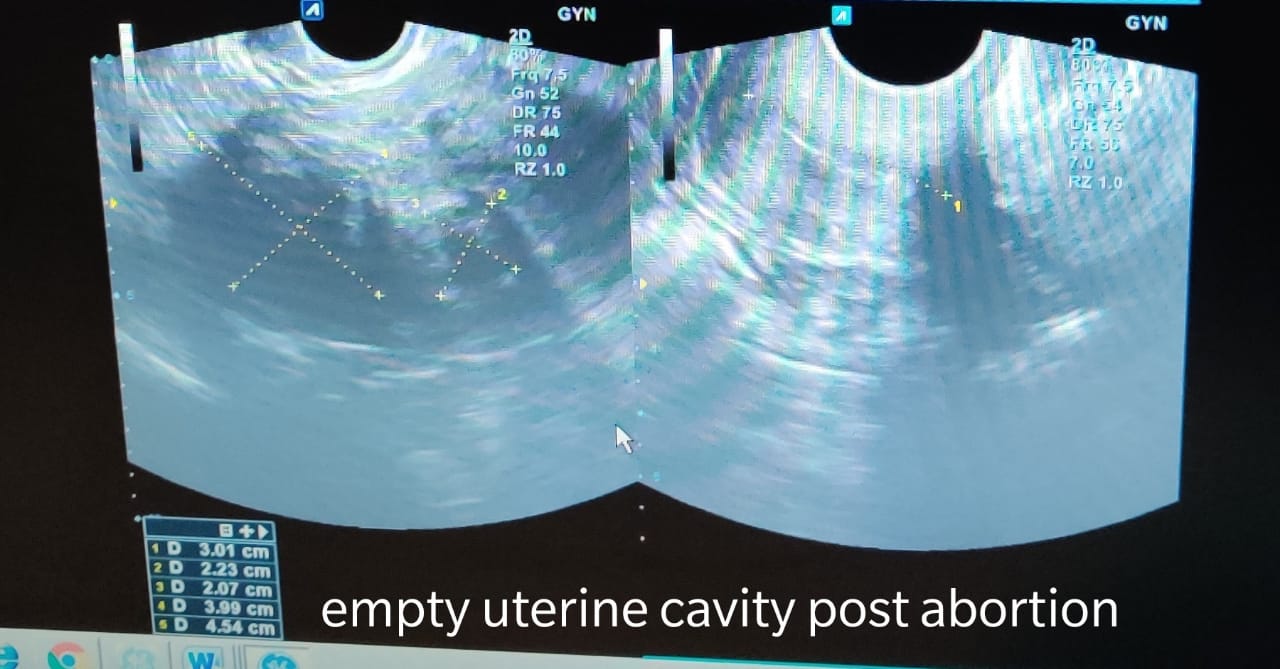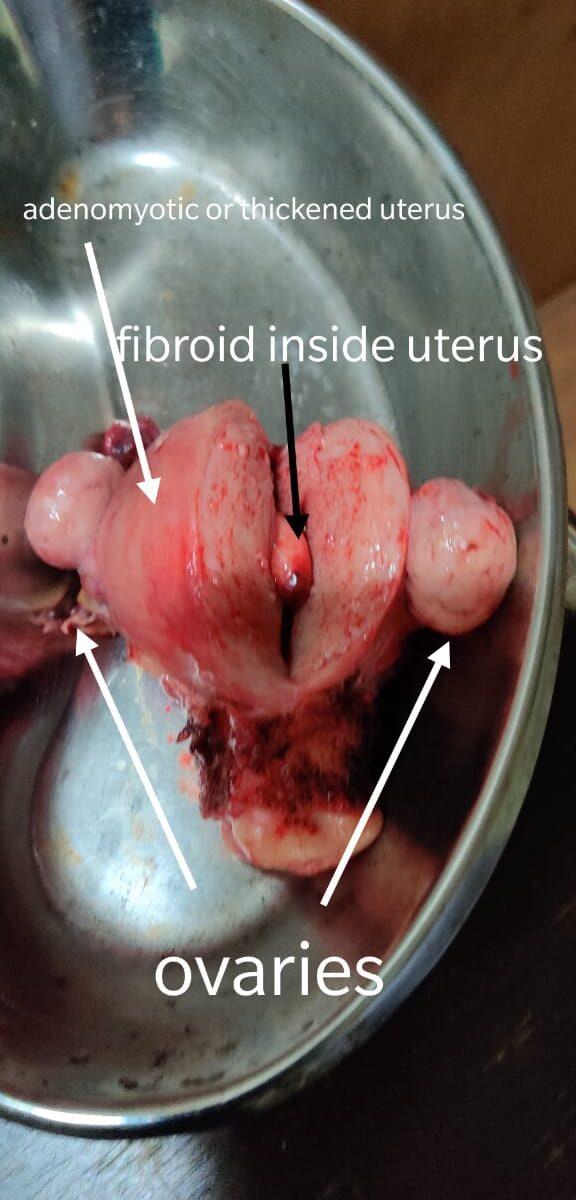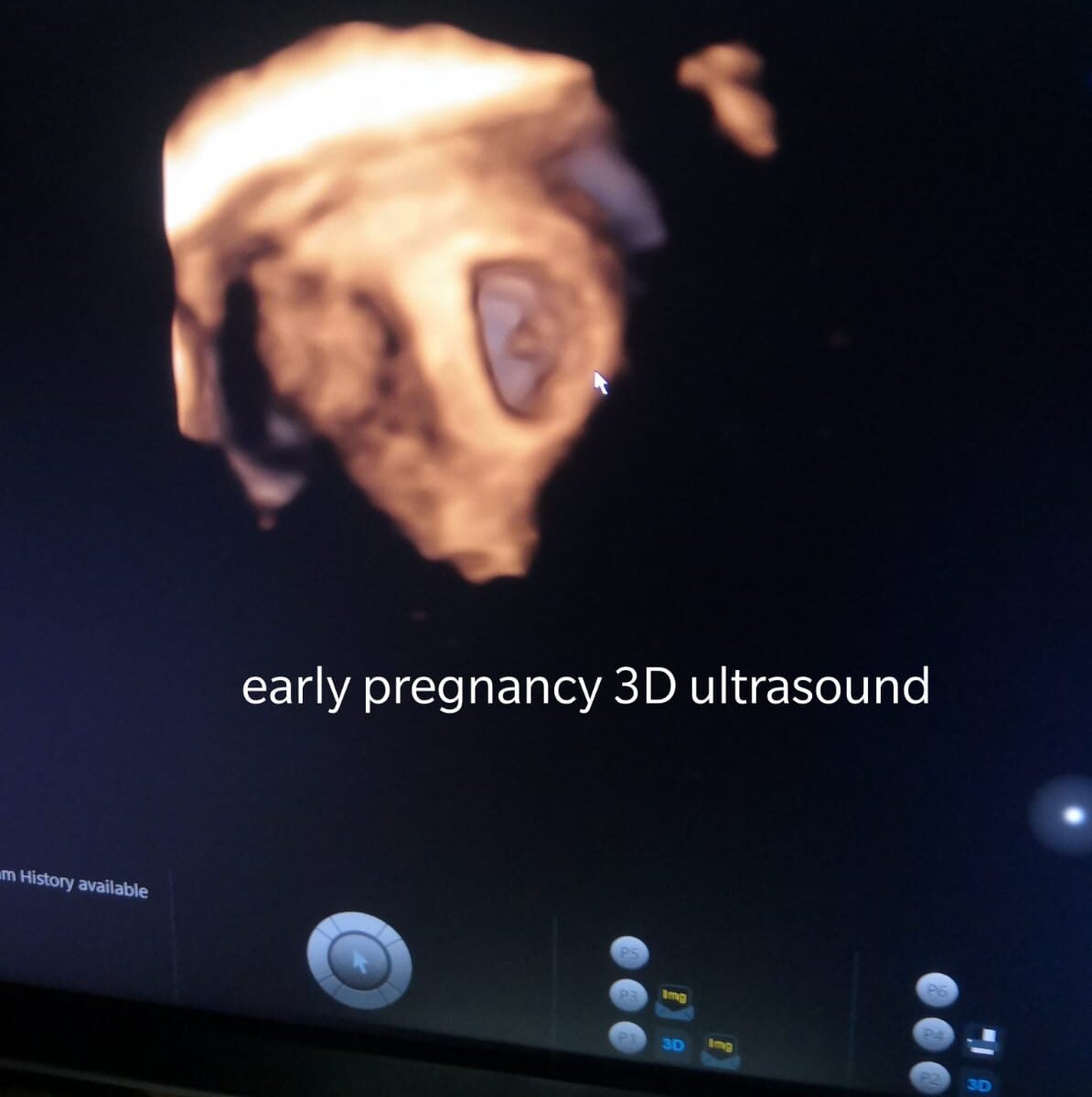Medical abortion, also known as non-surgical abortion, is one way to terminate an early pregnancy using medications. Medical abortion is provided by trained health care providers in private office settings, family planning clinics and hospitals.
A medical abortion can be performed from the time a woman suspects and confirms she is pregnant up until nine weeks from her last menstrual period. However, some insurance companies limit medical abortion to pregnancies of seven weeks or less.
In clinical practice, medical abortion is about 95 percent to 98 percent effective, causing a woman to completely pass the pregnancy without the use of surgery. In comparison, early surgical abortion is effective 98 percent of the time.
Medication abortion procedure
Medication abortion involves using the medications mifepristone and misoprostol instead of surgery to end a pregnancy. It can be done as soon as a pregnancy can be seen in an ultrasound. In India, medication abortion is performed up to five weeks of pregnancy.
A pregnancy needs high levels of the hormone progesterone to continue. Mifepristone works by blocking the action of progesterone to cause the pregnancy to stop progressing. Misoprostol causes the cervix to soften and the uterus to contract to allow the pregnancy to be expelled from the uterus.
The process and number of appointments for having a medication abortion varies depending on the type of clinic setting you attend, and whether certain tests you need (such as ultrasound and blood tests) are available on site or require separate appointments. A number of clinics are able to offer necessary tests and medication abortion in a single initial appointment.
The process of having a medication abortion generally involves the following steps:
• You will have a medical consultation with a Gynecologist and often a nurse as well, which involves a clinical assessment of medical and other relevant information, and arrangements for you to have an ultrasound and blood tests.
• You will be given information about the methods of abortion to help you to make an informed decision about the best method for you.
• If you decide to have a medication abortion, you will be asked to sign a consent form and will be given all the relevant information about what to expect, the steps you will need to take, and about pre- and post-abortion care.
• You will discuss what sort of pain relief, and any other appropriate medication you may require, and how to obtain it, in preparation for the abortion.
• If you have an intrauterine device, it will need to be removed before you take the first medication (mifepristone).
• You will take a tablet of mifepristone either at the clinic or at home and obtain the other appropriate medications.
• You will take a tablet of misoprostol 24 to 48 hours later. This softens the cervix and helps the uterus push out the pregnancy. This stage nearly always occurs at home. (If you need to travel after taking misoprostol and before the abortion is complete, it is recommended that you have a responsible adult who can drive you.)
• The abortion is usually completed some hours later, although it may take longer. You will usually need a day or two of rest or reduced activity.
• You will be encouraged to have telephone contact with the clinic you attended or another source of expert support in case you have any questions or concerns at any time during and after the procedure.
What to expect during and after a medication abortion
After taking the second medication abortion tablet at home, you may experience the following:
• nausea, vomiting, diarrhoea, dizziness, headache and fever
• pain – usually within half an hour and generally much stronger than period pain
• bleeding one to four hours later – heavier than a period and there may be large clots
• after two to six hours the bleeding usually settles to the level of your normal period
• bleeding is usually similar to a normal period for another three to seven days
• unpredictable, irregular or prolonged bleeding can last for up to four weeks after a medication abortion.
Note: The timing of the pain and bleeding is unpredictable. It occasionally starts before taking the second medication, but may take up to 24 hours to start.
Follow-up after a medication abortion
It is important to have a follow-up appointment to make sure the procedure is complete and the pregnancy has ended. Many doctors order a blood test to check that the pregnancy hormone level has dropped. You will be given an appointment for review in two weeks’ time.
Medication abortion does not work in around one percent of cases. Around two to five per cent of women will have some pregnancy tissue remaining in the uterus (womb) and will need further treatment such as additional tablets or a small surgical procedure to complete the abortion. Your Gynecologist will discuss this with you.
Advantages and disadvantages of medication abortion
Advantages of medication abortion include:
• For around 95 to 98 per cent of pregnancies up to five weeks, no further treatment is needed after taking the two doses of abortion medication.
• Unlike surgical abortion, medication abortion does not need to take place in a hospital or day surgery unit as it does not require a surgeon, anaesthetist or other medical staff to be present during the later stage of the procedure. This makes it a suitable alternative for those living in remote areas provided they have access to emergency care.
• It is a less clinical and non-surgical procedure, which some women may prefer.
• Some women feel it is a more natural process.
• It happens in a home environment.
Disadvantages of medication abortion include:
• Medication abortions are generally more time consuming than surgical abortions, and there may be more doctor visits and tests.
• In a small percentage of cases the medication needs to be repeated, and sometimes a surgical procedure is needed.
• Pain and bleeding generally last longer than following a surgical abortion.
• It is difficult to predict the time it will take for a medication abortion to complete – it may take longer than the expected four to eight hours, after taking the second medication.
• A separate appointment is needed if you would like an IUD inserted.
• Mifepristone is not suitable for some women.
Mifepristone may not be recommended for you if you:
• have certain medical conditions such as bleeding problems, adrenal failure or high blood pressure
• are taking long-term steroid or blood-thinning medication
• have had allergic reactions to medication containing mifepristone.
Dr.Ruchi Tandon is a Gynecologist practicing in leading hospitals in South Delhi namely Max and Apollo hospitals with over 14 years of experience in handling all kinds of abortions.



